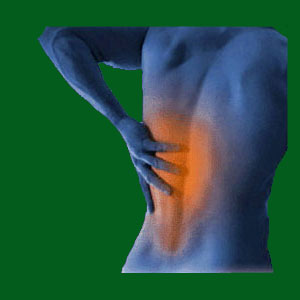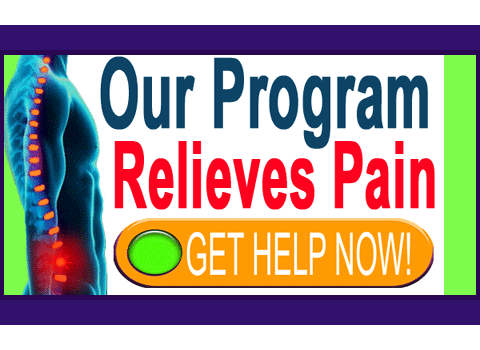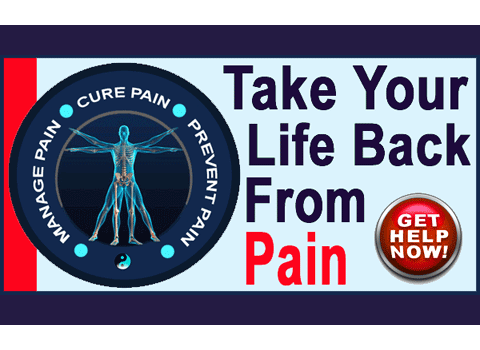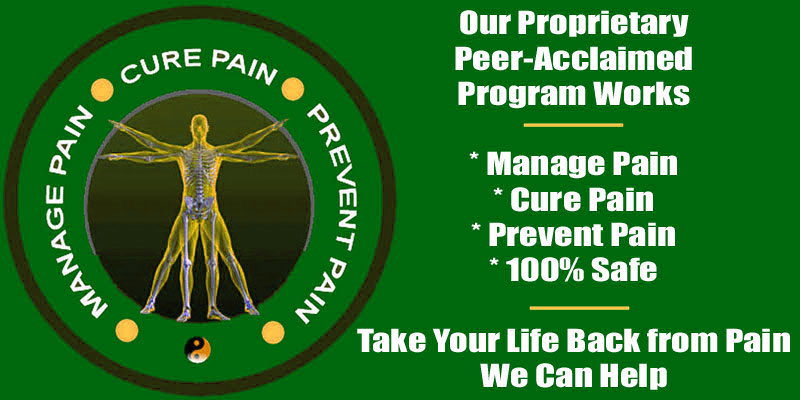
Spondylolisthesis and TMS are the subject of very specific writings from Dr. John Sarno. He takes the opportunity in Healing Back Pain to address how symptomatic listhesis is always a TMS condition in disguise in his own clinical experience spanning many decades of practice at NYU Medical Center. However, in uncharacteristic fashion, Sarno also states that research does exist demonstrating that listhesis patients are more susceptible to back pain than people in the general population. Therefore, he concedes that some inherent pathology of spondylolisthesis is possible.
Dr. John E. Sarno is most famous for his work with the diagnosis called tension myositis (also myoneural) syndrome. However, his medical career spans many, many years at one of the preeminent rehabilitation facilities in the world. His clinical expertise is unmatched when dealing with various dorsalgia complaints, so it is no surprise that he became the “go-to” guy to see for back and neck pain for 4 decades.
This interesting dissertation explores the relationship between tension myositis and spondylolisthesis. We will cite some of Sarno’s own research on the subject as well as provide much of our own. Remember, The Cure Back Pain Network is the world’s largest database of material related to mindbody medicine and the effects of the psychosomatic process on health and wellness.
Spondylolisthesis and TMS According to Dr. Sarno
Dr. Sarno states that he has seen patients with spondylolisthesis whose pain was previously and mistakenly attributed to their vertebral migration. He cites that they universally were diagnosed with TMS, since he found no evidence of pathology when it came to their spines, but definitely found psychoemotional reasons to explain their pain. The one fact left out of his section covering listhesis is the degree span of vertebral migration demonstrated by these patients. If these people fit the usual category 1 or 2 profile, it is easy to believe that Sarno could not find any definitive trace of pathology linked to the structural issues in their backbones. Research evidence is already well established stating that virtually all grade 1 and 2 cases of listhesis are asymptomatic. However, if Sarno dealt with patients with grade 3 and 4 cases of spondylolisthesis and still found them to be universally suffering from TMS, then this would come as quite a shock, even to us.
Dr. Sarno also states clearly in his section covering vertebral slippage that some research does single out spondylolisthesis as the single structural abnormality that does predispose patients towards back pain, unlike all others which have been exhaustively studied. He does not mention the exact amount of difference between the general population suffering back pain and the percentage of people who have been diagnosed with listhesis, but our own research shows that the difference is significant according to a few studies.
Our Experience with TMS
We agree that many patients who have been diagnosed with spondylolisthesis are actually suffering from mindbody-enacted pain. Since most listhesis patients fall under the classification of grade 1 or 2, and these grades are virtually universally thought to be asymptomatic, it makes sense that the many, many patients in this category who do demonstrate back pain are expressing symptoms of some other causative condition. Many are likely suffering from other structural issues that have not yet been identified or verified as being pathological, while some others are suffering from disease-related or systemic causation. A large percentage is likely to be suffering from psychosomatic pain, as these expressions are universally experienced by adult humans, with the only difference being the location, duration and severity of symptoms.
However, in grade 3 and especially grade 4 listhesis, our thoughts tend to favor structural causation as a major contributor to pain and related neurological symptomology. As we write in our psychosomatic pain section, it must be noted that these patients still demonstrate influence of the mind on their symptoms, as this is unavoidable. However, even if the negative nocebo effects are negated, there will likely remain some measure of pain due to anatomical changes associated with the listhesis and the possible instabilities these entail.
Spondylolisthesis and TMS Factsheet
We always recognize the genius of Dr John E. Sarno and thank him repeatedly for his many important contributions to modern medical science and chronic pain treatment, in particular. However, when it comes to Dr. Sarno’s teachings, it is difficult to agree with him on some points, since his data is rather ambiguous in some ways (degree of listhesis in his patients, specifically) and does not correlate to our own very objective clinical experience.
We have seen enough of Sarno’s brilliance to concur with him on most things, but never to the extent that he generalizes. We always feel that his estimates on the percentage of people suffering from purely mindbody-enacted pain are a bit high, while his cure rate is also a bit ambitious in its claims. Of course, since Sarno only accepted particular patients into his program, these figures could easily be justified, given his ability to exclude any particular patient based on diagnosis, attitude, personality or any other reason.
We agree that most low grade listhesis patients with back pain are not suffering as direct results of their vertebral migration. However, we do not universally apply this same formula to higher grade listhesis and we also do not make assumptions that pain is of mindbody nature just because it is not definitively caused by the spondylolisthesis. Instead, we attempt to always offer a comprehensive view of the possible causes including various structural, partially-structural and fully psychosomatic pain origins.
To learn more about tension myositis syndrome, please enjoy the many treatises dedicated to the topic throughout our various websites. These can all be easily enjoyed by querying TMS, Dr. Sarno or tension myositis syndrome using our search tool.
Spondylolisthesis > Psychosomatic Spondylolisthesis Pain > Spondylolisthesis and TMS



